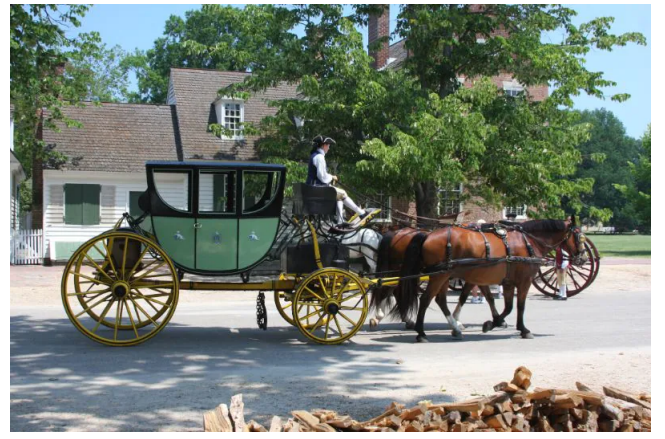Williamsburg served as the capital of the Virginia colony from 1699 to 1780. Around the turn of the 20th century, John Davison Rockefeller led the restoration of the colonial town to its former glory with the help of William Archer Rutherfoord Goodwin, a rector of Bruton Parish Church in Williamsburg.
Colonial Williamsburg is the largest living museum in the United States, wherein guests can immerse themselves in the day-to-day life and significant events of 18th century America. Visiting the area is a must for American history buffs, especially for those interested in the American Revolution. Tour guides and character actors are scattered around the town reenacting the day-to-day lives of 18th century Americans.
If you happen to be in the area of Williamsburg, VA, make your visit more worthwhile by exploring Colonial Williamsburg.
To help you out, here’s a handy guide on how to prepare for and plan your visit.
Secure your tickets
There are several types of admission options (https://www.colonialwilliamsburg.org/tickets/), and you can choose one that best suits you. There are standard single-day or multi-day tickets with guided tours and performances, and for art enthusiasts, single-day tickets to all the art museums in Colonial Williamsburg. There are also area passes, special event passes, and a ghost tour for extra thrills. Plan your trip by checking out the calendar on the website
(https://www.colonialwilliamsburg.org/) to see which programs and sites are open.
Arrival
Park at the Visitor’s Center where you will buy or confirm your tickets and take a shuttle to the Historic Area. You can also opt to walk if you want to take in the sights at a more leisurely pace. Don’t forget to grab a map so you can plan your itinerary and avoid getting lost. Check out this page (https://www.colonialwilliamsburg.org/update/) for any updates regarding your visit.
Must-see places
To go over all the attractions, it’s best to allot two whole days for exploring Colonial Williamsburg. However, there are enough places to see to make a shorter stay worthwhile.
Here’s where you can go during your day trip:
- The Capitol
You can take a quick 20-minute guided tour around the Williamsburg Capitol and learn about its history. The House of Burgesses of the Virginia colony was situated in the Capitol from 1705 up to 1779. The building itself is a replica, as the original buildings have since burned down.
- Trade shops
Colonial Williamsburg offers numerous trade shops that can be endlessly fascinating to 21st century visitors. These
shops were vital to the beating heart of 18th century Williamsburg. Not all shops are open every day. Shops that are
open for business have flags to identify them and shop assistants outside the establishments to invite visitors in. Explore the armory, the blacksmith, the wig maker, the silversmith, the cabinet shop, the cobbler, the printing press, and the apothecary.
- The Governor’s Palace
The Governor’s Palace in Colonial Williamsburg served as the official residence for the royal governors of the Virginia colony, as well as the first two elected governors of Virginia, Thomas Jefferson and Patrick Henry.
The Peyton Randolph House stands in stark contrast to the elegance of the Governor’s Palace. It shows how the the
average Virginian lived and provides insight into the condition of slaves in colonial Virginia. The Peyton Randolph House includes a guided tour.
On the other hand, a self-guided tour of George Wythe House shows where the law professor lived during the 18th
century. Wythe was one of the signers of the Declaration of Independence and served as Thomas Jefferson’s tutor.
- Fifes and Drums
The Colonial Williamsburg Historic Area comes alive with the sound of the military field music during the performance of the marching Fifes and Drums in their period-accurate red uniforms and black tricons. Make sure to check performance schedules through the Historic Area.
Evening programs
Colonial Williamsburg’s vibrancy doesn’t end at sundown. There are many programs to choose from and to participate in. These include chamber music concerts, ghost tours, and historical interpreter presentations.


 Facebook
Facebook
 X
X
 Pinterest
Pinterest
 Copy Link
Copy Link
